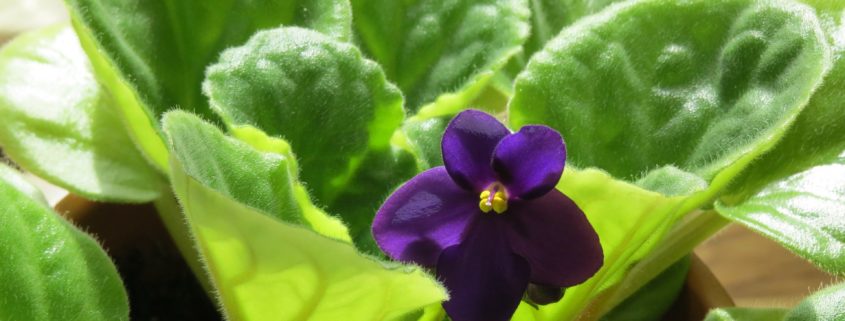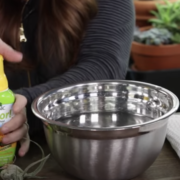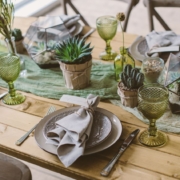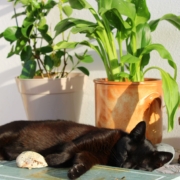Why Do African Violets Get Leggy?
African violets are gorgeous flowering houseplants. They bring bright colors and joy indoors. Beginning and advanced gardeners can be successful at growing one.
They can be a little needy, as they have specific watering and light requirements. Because of this, African violets can sometimes get “leggy.” Leggy is when new growth forms on a plant tip. This new growth takes most of the energy away from the bottom of the plant.
Reasons African Violets Get Leggy
Light
African violets require bright, indirect light, which can be achieved through grow lights or placing it near a thin curtained window. Gardeners sometimes think that indirect light means low light. Depriving your plant from light will cause longer stems as they reach for light to grow.
Water
Leaves of African violets don’t like to be wet. The soil in your pot should be a well-draining soil to allow it to dry in between waterings. Be sure to water the soil, not the plant, in order to keep it happy. If leaves stay wet, they are more susceptible to mold, rot, and fungus growth. The flowers will try to get away from the mold or fungus and become leggy.
Age
African violets’ bottom leaves will turn yellow and eventually fall off the plant, leaving other stems bare. This is a natural part of plant aging, plants lose the rosette of leaves at the base. This too can give the plant a leggy look.
The best way to combat leggy African violets is to repot to give it a fresh space and fertilize with Espoma’s Violet! liquid plant food. This will help keep your plant growing new leaves to help keep it from becoming leggy and will enhance the colors of your flowers.
Get six quick tips for caring for African violets from Garden Answer.
https://www.youtube.com/watch?v=9VCudo90K5I









Trackbacks & Pingbacks
[…] Aptly named for foliage that look like miniature umbrellas, this tree is the perfect addition to your home. This tree needs bright, indirect light – if they do not receive enough light, they can get leggy, so be sure to keep an eye on it to ensure it is getting the light it needs. Learn more about dealing with leggy plants. […]
[…] three main reasons on why your plant is getting leggy are age, water and light. For more information on this, visit this […]
[…] three main reasons on why your plant is getting leggy are age, water and light. For more information on this, visit this […]
Comments are closed.